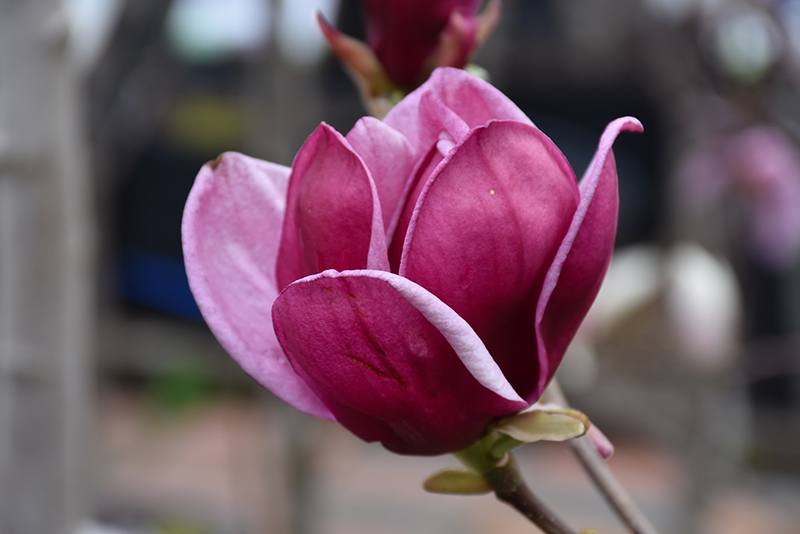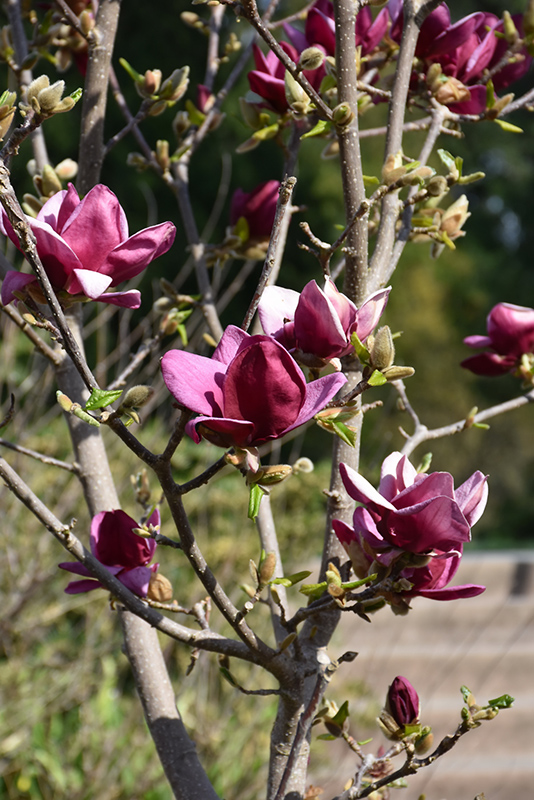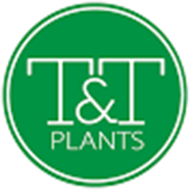Height: 13 feet
Spread: 6 feet
Sunlight:
![]()
![]()
Hardiness Zone: 5
Description:
A stunning, compact magnolia with a long, spring to summer blooming season; sweetly scented maroon-purple blooms with magenta-rose tips; a small tree or large shrub with an upright, pyramidal form; ideal for smaller gardens
Ornamental Features
Genie Magnolia is covered in stunning fragrant burgundy cup-shaped flowers with rose edges held atop the branches from early spring to early summer, which emerge from distinctive dark red flower buds before the leaves. It has green deciduous foliage. The large pointy leaves turn coppery-bronze in fall.
Landscape Attributes
Genie Magnolia is a deciduous tree with a distinctive and refined pyramidal form. Its relatively coarse texture can be used to stand it apart from other landscape plants with finer foliage.
This is a relatively low maintenance tree, and should only be pruned in summer after the leaves have fully developed, as it may 'bleed' sap if pruned in late winter or early spring. It has no significant negative characteristics.
Genie Magnolia is recommended for the following landscape applications;
- Accent
- Hedges/Screening
- General Garden Use
Planting & Growing
Genie Magnolia will grow to be about 13 feet tall at maturity, with a spread of 6 feet. It has a low canopy with a typical clearance of 1 foot from the ground, and is suitable for planting under power lines. It grows at a slow rate, and under ideal conditions can be expected to live for 50 years or more.
This tree does best in full sun to partial shade. It does best in average to evenly moist conditions, but will not tolerate standing water. It is not particular as to soil type, but has a definite preference for acidic soils. It is quite intolerant of urban pollution, therefore inner city or urban streetside plantings are best avoided. Consider applying a thick mulch around the root zone in winter to protect it in exposed locations or colder microclimates. This particular variety is an interspecific hybrid.








